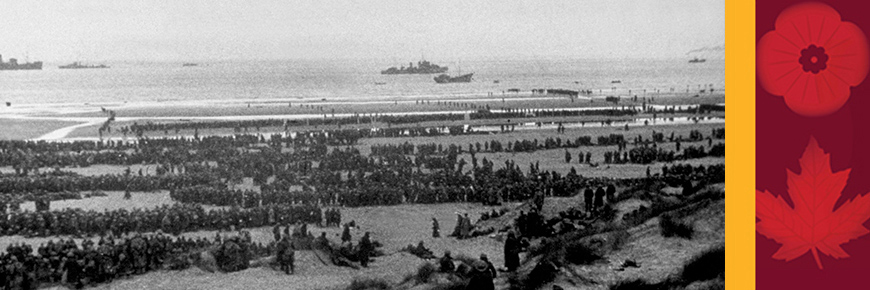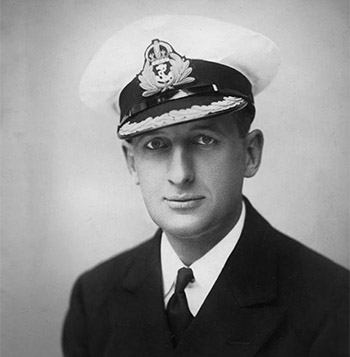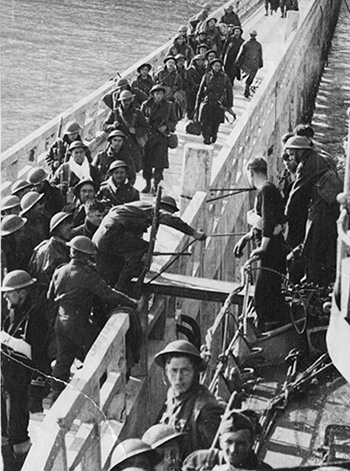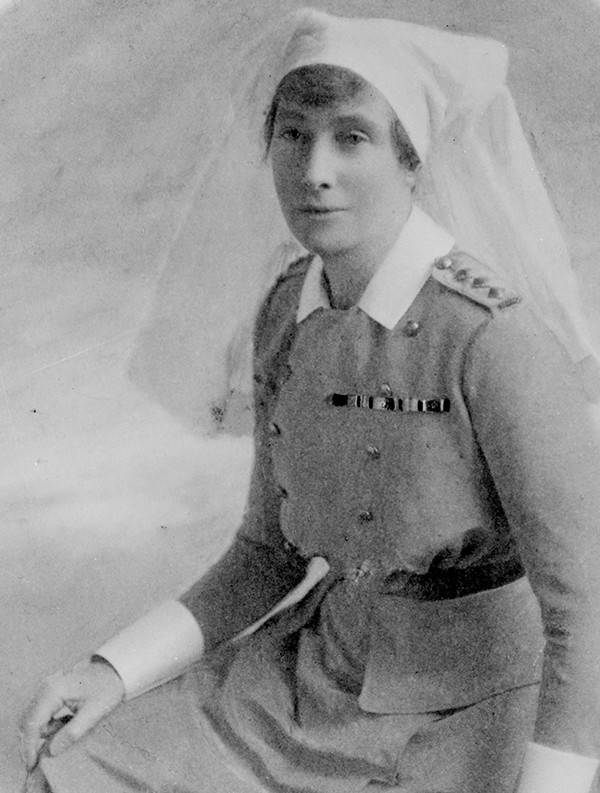
Allied troops lined up on the beach awaiting evacuation.
© Getty Images
Hometown heroes
Lachine Canal National Historic Site

Canada’s participation in the First World War (1914-1918) and the Second World War (1939-1945) touched every community in this country. Parks Canada invites Canadians to join us in commemorating individuals from all walks of life who made unique contributions to the war effort. During these global conflicts, civilians and those in the armed forces played a crucial role in protecting and building their communities and thus Canada as a whole.
From coast to coast, thousands of Canadians supported the war effort. We invite you to learn more about these local hometown heroes.
Get to know their remarkable stories, honour their memory and express your gratitude for their service by visiting Parks Canada’s National Historic Sites, National Parks, and National Marine Conservation Areas.
We will remember them…
Commander J. Campbell Clouston 1900-1940

Born and raised in Montreal, Campbell Clouston raced sailboats on Lake Saint Louis in his youth and later attended Lower Canada College and McGill University before enlisting in Britain’s Royal Navy in 1918. Over the next two decades, he rose through the officer ranks and was appointed to command the destroyer HMS Isis in 1937.
In 1940, as British, French and Belgian soldiers were pushed back to the coast of France at Dunkirk by advancing German forces, Commander Clouston took part in Operation Dynamo (May 26-June 4) to evacuate the trapped Allied troops. As piermaster of the east mole, a breakwater pressed into service as a wharf, he worked courageously around the clock for six days while under enemy fire, organizing and overseeing the boarding of troops onto waiting ships.
Although expectations were for 45,000 to be evacuated, the “Miracle of Dunkirk” resulted in more than 338,000 troops saved. The majority of those were embarked from the east mole under Clouston’s command. After a brief meeting in England and while returning to Dunkirk on June 2, to coordinate the rescue of remaining French and Belgian soldiers, his motor launch was attacked and sunk by enemy aircraft. Campbell Clouston perished at sea.
Commander J. Campbell Clouston Commemorative Panel (PDF 1,6 MB)
Edith Campbell - 1871-1951

Born and raised in Montreal, Quebec, Edith Campbell—“Daisy” to her family—graduated from the school of nursing at New York City’s Presbyterian Hospital in 1907, and worked in Manhattan and then Montreal.
At the outbreak of the First World War in 1914, Campbell, aged 42, enlisted with the Canadian Army Medical Corps as a nursing sister, and was deployed to Europe for the entire war. While serving as Matron (Chief Nurse) at the No. 1 Canadian General Hospital in Étaples, France, Campbell became one of the first women in the British Empire to receive the Military Medal. The citation speaks of her gallantry and devotion to duty during a horrific air bombing of her hospital where, regardless of danger to herself, she cared for the wounded and, by her sheer example, inspired the nurses under her charge.After the war, Campbell further proved her leadership as Superintendent of the Victorian Order of Nurses in Toronto until her retirement in 1934. Six years later, her nephew Commander J. Campbell Clouston, serving as a Canadian in the Royal Navy, would help alter the course of the Second World War. Undoubtedly inspired by his aunt Daisy’s brave deeds, he played a pivotal role in evacuating Allied troops during the “Miracle of Dunkirk,” thus saving thousands of lives.
Edith Campbell Commemorative Panel (PDF 1,9 MB)
* The Poppy Design is a registered trademark of The Royal Canadian Legion, Dominion Command and is used under licence.
- Date modified :